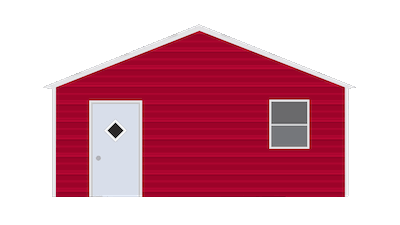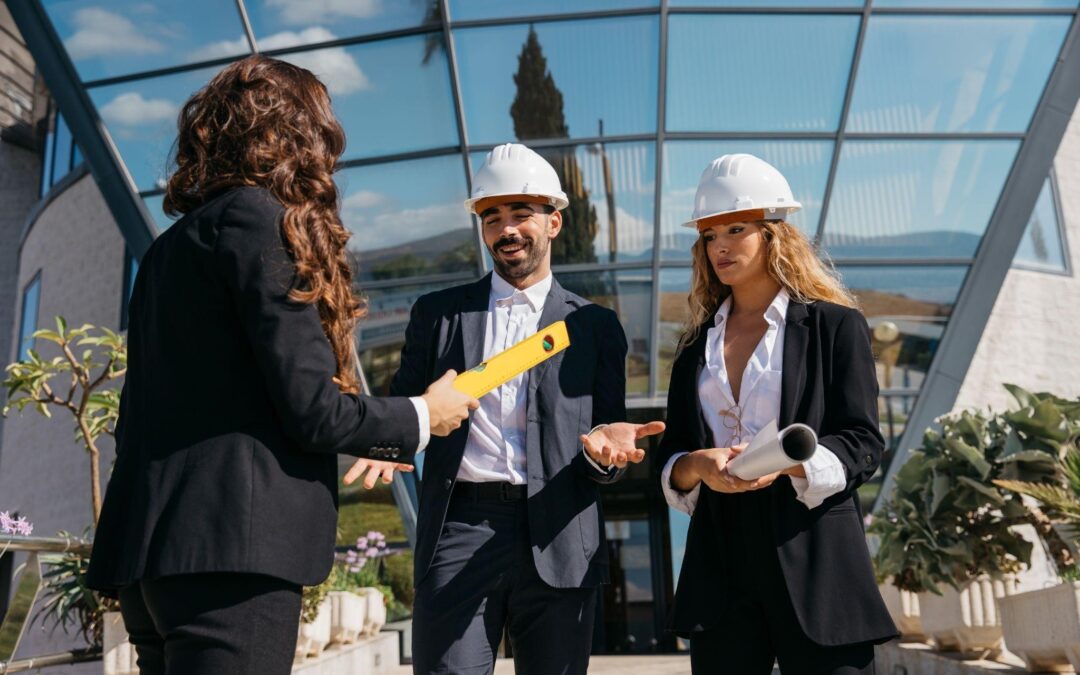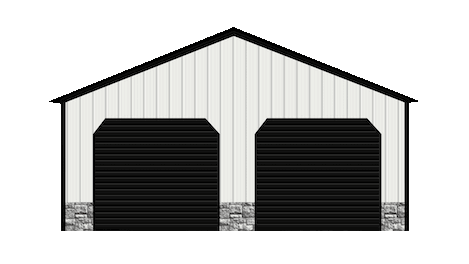Today many people are unaware of the powers and capabilities of steel buildings. Some of them assume that traditional buildings are more and still superior in quality and reliability.
In fact, more than 50% of non-residential buildings are now steel buildings. The U.S. Metal construction provides a huge advantage in commercial construction in various ways.
Even though steel buildings are becoming more popular, there is a common misconception that it is modern construction practices, however, the concept of steel building was first introduced in 1886.
Pre-engineered steel buildings gained a decent popularity in construction solutions all around the world. However, along with their widespread use, several misconceptions have circulated, creating doubts about their suitability for various applications.
In this blog, we embark on a journey to disprove six common misconceptions surrounding pre-engineered steel buildings, providing clarity and clearing light on the truths that make them a clear choice for modern construction projects. Let’s get started
Myth 1: Rust Easily
There is a big misconception that steel buildings look unattractive and catch rust after a few years of construction. Now, steel suppliers have an easy approach to address this issue, they use proper coating that prevents rust and keeps building new.
Regular maintenance is also essential to prevent rust on steel components, it ensures that the coating is on and the building has no damage that can lead to rust.
are effectively defended against rust, cooling their aesthetic appeal and structural continuity over time.
The fact is that with proper care and the operation of ultramodern defensive measures, the misconception that pre-engineered steel structures are easy to rust can be separated and they can serve as durable, erosion-resistant structures in a variety of environmental conditions.
Myth 2 Lack of Aesthetic Appeal
Another misconception about pre-engineered steel structures is that they warrant aesthetic appeal and are frequently seen as plain and artificial. Still, this misconception doesn’t correspond to the reality of ultramodern architectural design and technological advances.
Pre-engineered steel structures offer a wide range of customization options that challenge the perception of a standardized or boring look. Engineers and designers can use a variety of surface treatments, colors, and finishes to produce visually charming structures like metal warehouses and metal garages. Advances in technology and manufacturing processes allow the creation of complex details, different textures, and certainly the addition of architectural rudiments that enhance the overall beauty of the structure.
From ultramodern office structures with satiny surfaces to rest installations with a unique look, Pre-engineered steel structures can be customized to fit a variety of architectural styles.
Myth 3: Expensive
Pre-engineered steel buildings are more cost-effective compared to traditional structures as the design is more flexible and we can make changes as per conditions. Pre-engineered steel structures are designed by professional masterminds and assembled on-point by professed workers, Which significantly reduces construction costs and design completion time.
The effectiveness of the construction process, cost reduction, and strength of the steel in PEB help to reduce structure conservation costs. In addition, the speed of construction saves the total cost of the design and is cost-effective in the long run.
Myth 4: Shorter Lifespan
This misconception is one of the farthest misconceptions from the variety! Steel structures last longer than other structure accouterments similar to wood and stones. Steel structures retain their shape and structure for a long time. Disapproving the misconception that pre-engineered steel structures have a shorter lifetime, they have a remarkable lifetime and continuity.
The use of high-quality steel and advanced engineering ensures that these structures will stand the test of time. Steel’s resistance to environmental factors similar to decline and pests combined with low conservation conditions contribute to longer service life.
Pre-engineered steel structures are frequently more durable than traditional structure accouterments, furnishing cost-effective and long-continuing results for a variety of operations.
Myth 5: Limited Flexibility
It is a common misconception that pre-engineered steel buildings have limited design inflexibility, which limits their fortune for a variety of operations. These structures are largely universal and largely customizable to meet the unique design conditions of different systems.
Defiant to the conception of standardized and rigid construction styles, Pre-engineered steel structures can be customized to meet different design preferences. Engineers and contrivers are free to produce free-span structures that allow for large open spaces without supporting columns.
This inflexibility is particularly salutary for operations similar to sports venues, showrooms, or manufacturing installations that bear accessible spaces. In addition, steel structures can incorporate unique architectural features, including bending walls, unusual faces, and custom entrances, allowing for a high position of creativity in design.
Myth 6: Not Durable
Some people believe that steel structures are not suitable for standing in harsh rainfall and hot conditions. A common misconception about steel structures is that they are less durable than traditional construction styles. Still, this idea couldn’t be further from the truth. Pre-engineered steel structures are known for their superior strength and life.
The strength of the metal buildings lies in their essential properties. Steel is a strong and durable material that can sicken a variety of environmental challenges, including extreme rainfall, seismic work, and indeed fire. In addition, advances in coating technology have increased the weakening resistance of the steel, precluding it from rusting and rotting over time.
In addition, the structural integrity of steel structures is enhanced by strict engineering and quality control measures during the manufacturing process. Each element is precisely finagled to meet or exceed assiduity norms, ensuring that the final structure isn’t only durable but also suitable to stand the test of time.
Wrapping up
Challenging and separating common misconceptions about pre-engineered steel structures, a clear narrative emerges that highlights the versatility, cost-effectiveness, and aesthetic appeal of these ultramodern architectural sensations.
Structures aren’t limited to the conception of conventional artificial structures.
These structures are largely adaptable, giving engineers and designers the freedom to produce structures that fit seamlessly into different surroundings while following specific design criteria.
By understanding the variety behind these myths, individuals and businesses can make informed opinions about their construction systems. Steel structures aren’t only structurally sound results but also contribute to architectural diversity, sustainability, and overall excellence in the ever-changing geography of a modern framework.
The journey from misconception to disclosure reveals that engineered structures are adaptable, durable, and beautiful, contributing to the growing construction industry.





 Home
Home Products
Products Styles
Styles Resources
Resources Service Area
Service Area About Us
About Us Contact Us
Contact Us Extras
Extras Search
Search Wishlist
Wishlist











